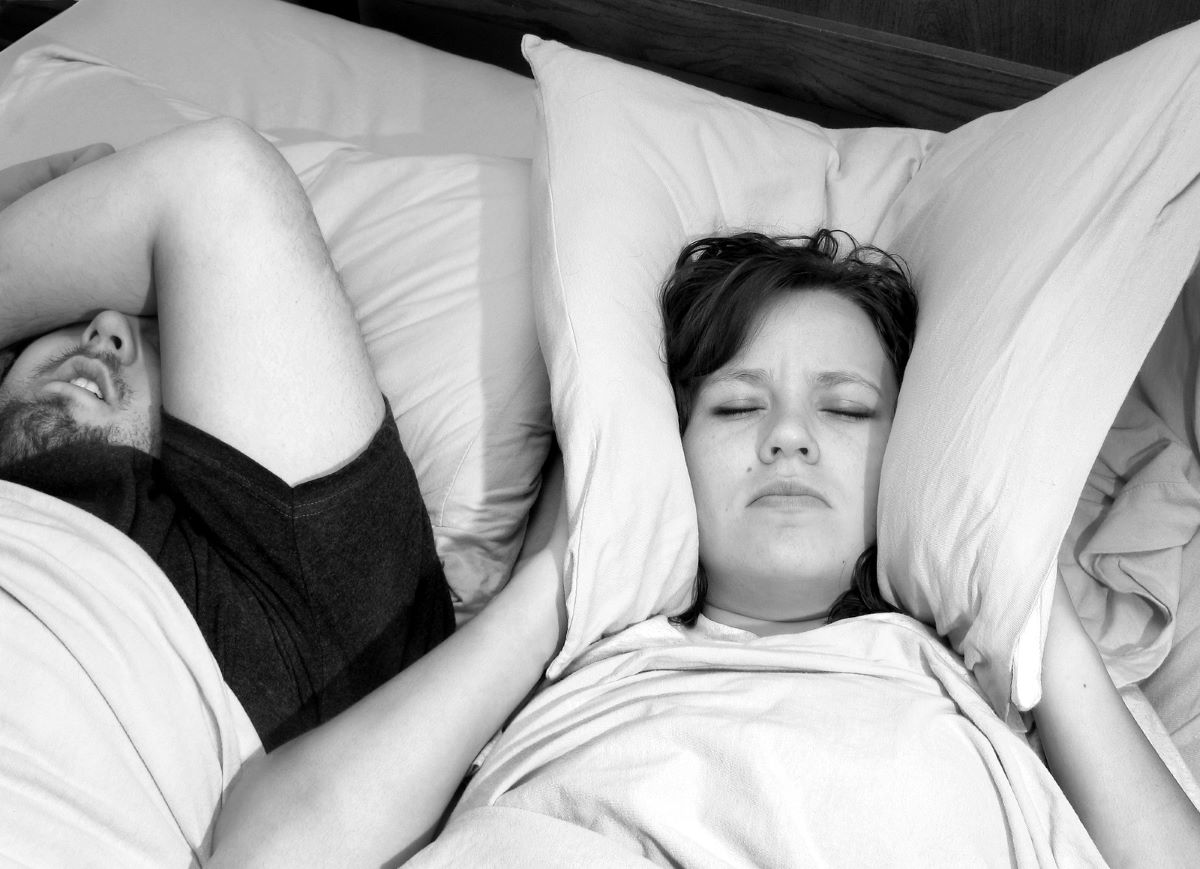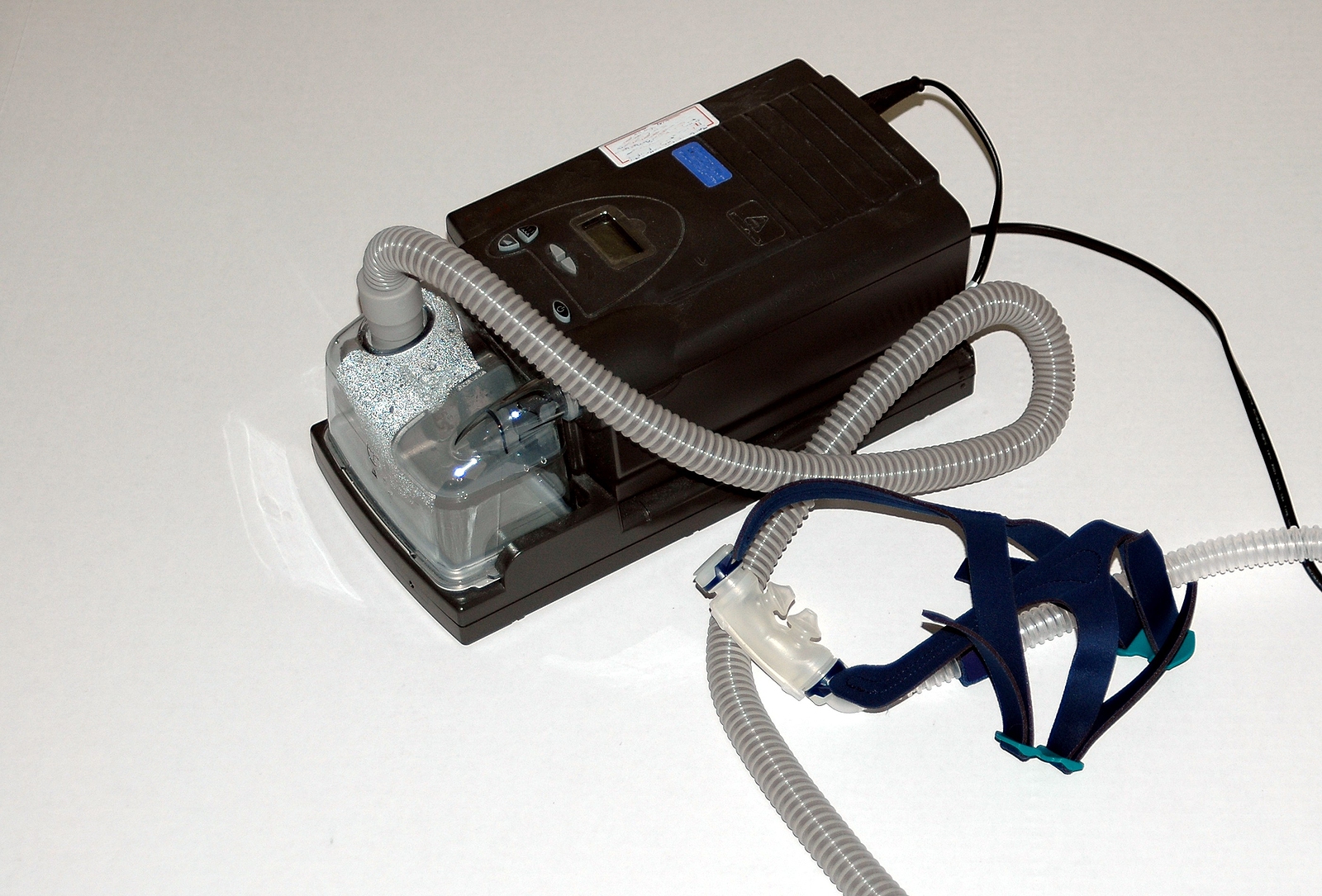Obstructive Sleep Apnea Myths & Facts
Understanding Sleep Apnea
Sleep apnea is one of those conditions that people may throw around casually in conversation, some may joke that a person’s heavy snoring may be sleep apnea, and though it is a condition that seems to be a part of common knowledge, what are the facts about sleep apnea?
Sleep apnea is a condition that exists in two forms and affects a person’s breathing while they sleep. With sleep apnea, people may stop breathing during their sleep, which leads to interrupted sleep in which the brain wakes up the body to resume breathing. With more serious cases of sleep apnea, people may wake up hundreds of times a night.
There are two types of sleep apnea: obstructive sleep apnea and central sleep apnea. Obstructive sleep apnea is the more common form of the two, caused by a blockage in the airway when soft tissue collapses (naturally) during sleep. With central sleep apnea, the airway is not blocked but there is an issue with the brain signaling the muscles to breathe.

There are a number of risk factors that increase your chances of having obstructive sleep apnea, according to the Mayo Clinic
Sleep apnea affects approximately 18 million Americans.
Though most people are not aware that they may be experiencing it. Obstructive sleep apnea, if left untreated, could lead to a number of complications in your waking life. Daytime fatigue and sleepiness may occur due to consistent awakenings in the middle of the night. In other words, with obstructive sleep apnea, you may not be able to get a full, good night’s sleep. As a result, people may experience irritation, drowsiness, and fatigue during the daytime.
In more serious conditions, obstructive sleep apnea could lead to cardiovascular issues. Due to sudden drops in blood oxygen levels, obstructive sleep apnea could increase one’s blood pressure and lead to an increased risk for heart disease. It may also cause abnormal heart rhythms due to inconsistencies with inconsistent oxygen supply.
Though sleep apnea can have serious, adverse effects on your health, it is a treatable condition. To treat obstructive sleep apnea, it is important to fully understand the condition, know the facts, and recognize the signs and symptoms so that you can seek the treatment necessary. Here we take a look at obstructive sleep apnea facts and myths.



Myth #1: I don’t snore, so I don’t have sleep apnea.
Fact: Though people with obstructive sleep apnea do commonly snore, snoring is not a prerequisite for having obstructive sleep apnea. Obstructive sleep apnea is caused by the relaxation of the muscles in the back of your throat, which obstruct normal breathing. These muscles, responsible for the structure of your soft palate, the uvula (the hanging thing in the back of your throat), your tonsils, and your tongue. When these muscles overly relax, these structures grow soft and could obstruct the airway, making it narrower and thus more difficult to breathe. Snoring is one side-effect of these muscles and structures softening, but just because you do not snore, this doesn’t necessarily mean you do not have sleep apnea. In fact, many people are not even aware they have obstructive sleep apnea and believe they’ve slept an entire night without waking up once.
Myth #2: I’m not overweight, so I don’t have sleep apnea.
Fact: While it is true that being overweight is a risk factor for sleep apnea, it is not a prerequisite. People of all shapes and sizes could experience sleep apnea. The reason this myth exists is because, according to Mayo Clinic, “Around half the people with obstructive sleep apnea are overweight. Fat deposits around the upper airway may obstruct breathing. However, not everyone with obstructive sleep apnea is overweight, and vice versa. Thin people can develop the disorder, too.”
At the same time, it’s important to note that being overweight does increase the risk for developing obstructive sleep apnea and as such, a person who experiences mild sleep apnea might benefit from a healthy diet and exercise. The loss of a few pounds could help minimize the condition of obstructive sleep apnea.
Myth #3: Sleep apnea is not treatable – it’s just something you’ve got to live with.
Fact: Actually, obstructive sleep apnea is a treatable condition! The first step is to identify whether or not you are experiencing the symptoms of sleep apnea. If you sleep next to a partner, ask them about your sleep patterns through the night and whether or not you wake yourself up after a period of constricted airflow. They may also experience restlessness due to your sleep apnea. If you find yourself experiencing any of the daytime symptoms of fatigue and drowsiness, or feeling generally tired upon waking up with a headache, it may be a sign you experience sleep apnea.

Schedule a Consultation
If you believe you may be experiencing obstructive sleep apnea, the first step is to consult with us at Sound Sleep Medical. We provide sleep tests, in which we monitor your sleep patterns to learn more about how you sleep and whether or not you do in fact experience obstructive sleep apnea. From there, depending on the severity of the condition, we’ll recommend treatment – most commonly in the form of continuous positive airway pressure (CPAP), a mask that provides air flow pressure all night to keep airways open and breathing regular; oral appliance therapy, a mouthpiece that supports the structures in your mouth to keep airways open; or in more severe cases, surgery.
Take a Quick Sleep Assessment
Find out if you are at risk of Sleep Apnea by taking our easy quiz.
BEGIN ASSESSMENT

